How to make our own garden paths - materials and DIY tips. Part 1 - materials
Paving slabs
This is probably the most commonly used (at least until recently) material for garden paths. The paving slabs are specially developed to be extremely wear-resistant, resistant to sudden temperature changes, moisture resistant, and safe for human health.
Manufacturers of such products offer them in various shapes: square, rectangular, rhombic, hexagon, plank-shaped slabs and many others. In addition, with the different coloring pigments added to the mixture, you can add variety to the design.
Wood
Garden paths can be constructed from wooden elements of different shapes and sizes - sleepers, logs, boards, bamboo stems and even large shavings. A special garden parquet is now available on the market.
However, as we all know, wood is a material that is not resistant to moisture and is susceptible to rot and mold. It is therefore imperative that, if we use it for garden paths, podiums and other outdoor structures, it is properly treated that we create raised structures and ensure good drainage of moisture through drainage.
Natural stone
Paths paved with natural stone look especially harmonious and elegant in every garden. Natural stone is a quite expensive material, but we can organically combine solid rock with pebbles, gravel or crushed stone, thereby creating unusual transitions and ensembles with flower beds or rock gardens. Also, stone slabs look great if they are placed at a step distance from each other, with grass between them. Thus, we can lay a path without violating the integrity of the lawn.
Cobbled paths allow you to create interesting patterns or imitate the streets of an old city, or mountain trails. It is noteworthy that it is natural stone that can fit in any style of garden design.
Brick
Usually, brick is not used so often for garden paths, as it is relatively easily destroyed by moisture and sudden changes in temperature. However, if you have leftover bricks from building or renovating your house anyway, there's nothing stopping you from using them. They look good enough and don't fall apart all that quickly.
If the brick would fit perfectly into the landscape design, there are specially developed weather-resistant paving bricks available on the market.
Concrete
The simplest, and most importantly, inexpensive and affordable material for creating garden paths. Monolithic concrete walkways and platforms fit perfectly into minimalist designs or high-tech exteriors. And for those who want to avoid the classic cold and flat look of concrete, there are a variety of ways.
We can use special molds into which the mixture is poured. Thus, it is easy to imitate paving slabs or stone. We can use various pigments to give an unusual shade and enliven the landscape. We can mix concrete with pebbles to add texture and originality. By mixing the concrete with micas, we can achieve a sparkling effect. Reflecting the sun's rays, the garden paths will sparkle and please the eye. We can create improvised stamps to imprint into a semi-liquid concrete path, thereby leaving a beautiful embossed print. And, we can make slabs in different shapes and use them to pave the paths in our garden.
Gravel
Gravel is an easy-to-lay option for the garden paths. It looks good and is affordable. It fits well with different styles, just with the different shaping of the paths - straight, strict lines for minimalistic and high-tech designs, and winding paths for Japanese-style or country-style gardens, for example. In addition, gravel is perfectly combined with other paving materials - natural and artificial stone, cobblestone, concrete slabs, wood.
Among the few disadvantages of gravel is that it is difficult to clean off grass and leaves, and that it is easily scattered if the path is not particularly well constructed.
Having already looked at the most popular styles and materials and some ideas for the layout of garden paths, in the next part of this article we will give you some DIY tips.
Photo by Delaney Van on Unsplash & Photo by Ciel on Unsplash
Take a look at some specialty stone veneer and thin brick veneer products, offered by Stone Selex. Visit the company's website by following the links below:

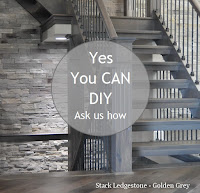

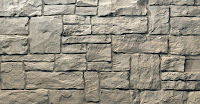
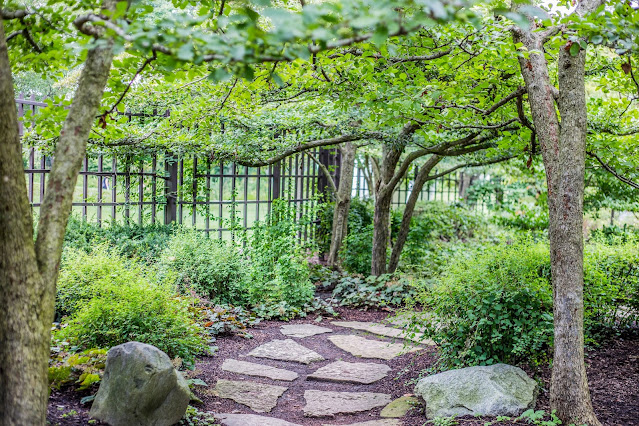

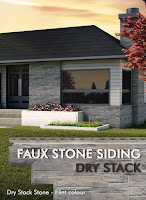

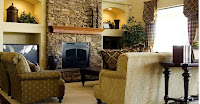

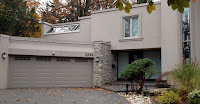

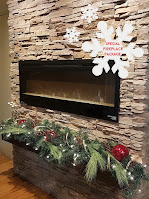



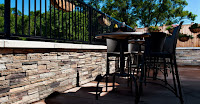
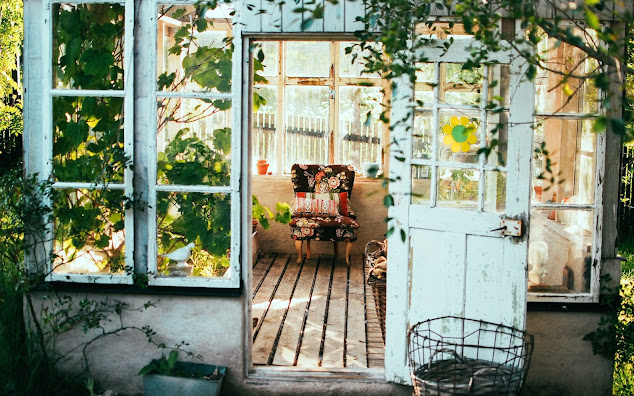


Comments
Post a Comment